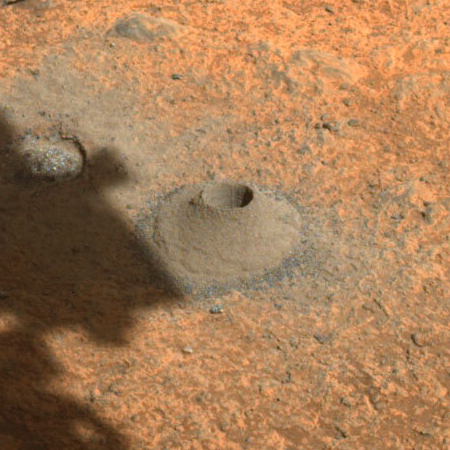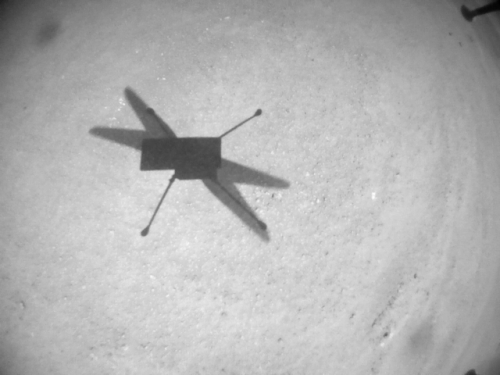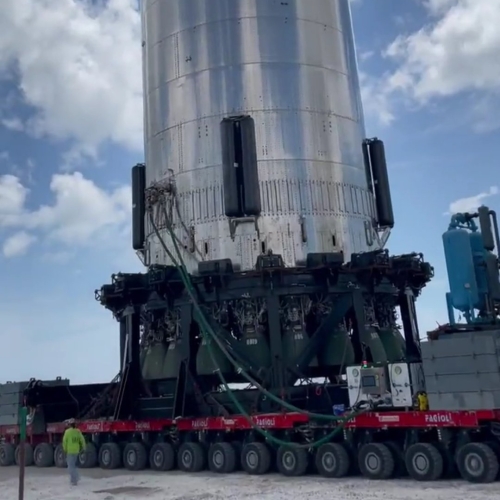Eric Berger: FAA regulators should get out of the way
In a essay today for Ars Technica, Eric Berger makes note of the progress that SpaceX is making on its Starship/Superheavy rocket, and points out that the one major obstacle that SpaceX cannot control and that stands in its way is the revised “environmental assessment” the FAA still must approve to permit the rocket to launch from Boca Chica.
Perhaps the biggest hurdle of all will be clearance from the Federal Aviation Administration, which is working with SpaceX to conduct an environmental assessment of launching such a mammoth rocket from these South Texas wetlands. After a “draft” of this assessment is published, there will be an approximately 30-day period for public comments. This will be followed by other steps, including a determination by the FAA on whether SpaceX’s proposed environmental mitigations will be enough or if more work is required.
The stacking of the rocket late last week, and the photos released by Musk of that stacking, Berger sees as Musk’s effort to quietly apply pressure on those bureaucrats to get their work done already. As he writes, “Holding back Starship means holding back this progress, Musk wanted regulators to understand.”
Read the whole essay. In addition to illustrating the poltical games required by SpaceX to get past the stifling rules of our modern government, it very nicely shows how America has changed since the early 20th century. Then, no such regulators stood in the way, and Americans were thus about to build fast and with great skill, reshaping the cities of the world forever.
Though I expect the politics of the moment to favor SpaceX, forcing the FAA to get its work done quickly to allow the rocket to take off as planned, this is only going to happen because of the political clout SpaceX has with the public, and thus with politicians. For small companies no such clout exists, and thus expect U.S. innovation to continue to suffer in the coming years because we have given our govenrment too much power over our lives.
In a essay today for Ars Technica, Eric Berger makes note of the progress that SpaceX is making on its Starship/Superheavy rocket, and points out that the one major obstacle that SpaceX cannot control and that stands in its way is the revised “environmental assessment” the FAA still must approve to permit the rocket to launch from Boca Chica.
Perhaps the biggest hurdle of all will be clearance from the Federal Aviation Administration, which is working with SpaceX to conduct an environmental assessment of launching such a mammoth rocket from these South Texas wetlands. After a “draft” of this assessment is published, there will be an approximately 30-day period for public comments. This will be followed by other steps, including a determination by the FAA on whether SpaceX’s proposed environmental mitigations will be enough or if more work is required.
The stacking of the rocket late last week, and the photos released by Musk of that stacking, Berger sees as Musk’s effort to quietly apply pressure on those bureaucrats to get their work done already. As he writes, “Holding back Starship means holding back this progress, Musk wanted regulators to understand.”
Read the whole essay. In addition to illustrating the poltical games required by SpaceX to get past the stifling rules of our modern government, it very nicely shows how America has changed since the early 20th century. Then, no such regulators stood in the way, and Americans were thus about to build fast and with great skill, reshaping the cities of the world forever.
Though I expect the politics of the moment to favor SpaceX, forcing the FAA to get its work done quickly to allow the rocket to take off as planned, this is only going to happen because of the political clout SpaceX has with the public, and thus with politicians. For small companies no such clout exists, and thus expect U.S. innovation to continue to suffer in the coming years because we have given our govenrment too much power over our lives.












